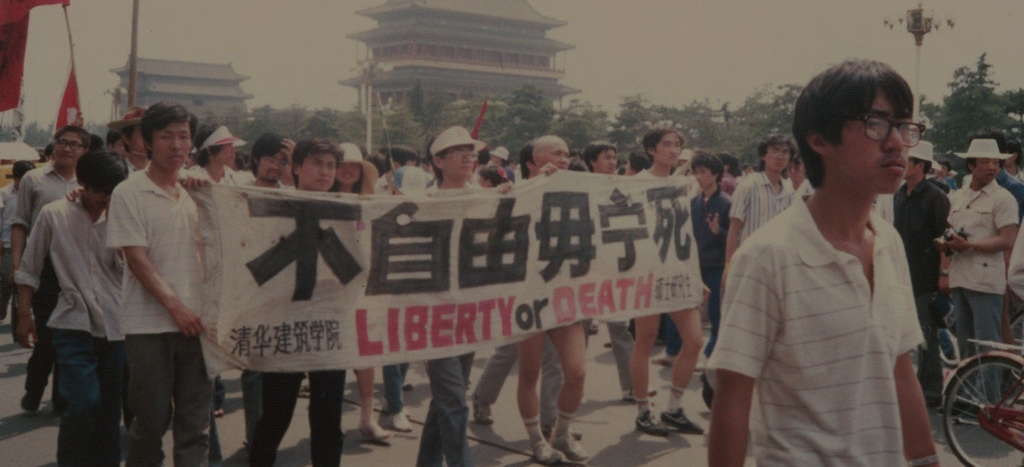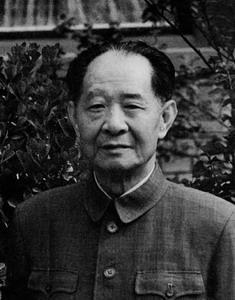

CONTEXT
Protestors with a banner stating, "Liberty or Death". Source: New York Times

CULTURAL REVOLUTION
Mao Zedong, a chairman of the Communist Party of China, led the Cultural Revolution that continues to impact China today. This revolution happened because Mao felt that China was moving towards a revisionist direction, so he tried to reassert his authority by launching the Cultural Revolution. He took China from a capitalist system to a communist country. Mao took students out of schools and named them “The Red Guards”, who killed anyone who was against the communist system. People of all social classes were sent to rural areas, where they had to work, and people suffered immensely in the work field. Hu Yaobang, who was chairman of the CCP for a year, was a strong believer of democracy and even sought to replace former Mao Zedong’s ideology. He emphasized the importance of reform that led to the gradual changes to rebuild China after the impact of the Cultural Revolution.
Hu Yaobang of China. Source: China Digital Times
COMMUNISM
True communism is the idea that there is a society without class, no government or private properties, and equal pay for everyone. Therefore, ideally, individual freedom cannot exist because an individual can hold different values from society. In order to maintain this concept of equality, the government controls what the citizens can/cannot see to keep the perfect country of communism. While China was building on the system of communism, communism was ending in Russia and other places.
CREATOR
Erica Huynh